Market Share
Aseptic Sampling Market Share Analysis
Market share positioning methods for the Aseptic Sampling market, a crucial sector of the larger pharmaceutical and biotechnology industry, are dynamically changing. A number of crucial tactics have surfaced as businesses fight for dominance in this industry to obtain a competitive advantage. Product Differentiation: Product differentiation is a key component of market share positioning. Businesses are spending money on R&D to provide novel and distinctive aseptic sampling solutions. Differentiation plays a crucial role in helping businesses carve out a niche, whether it is through improved aseptic processes, specific materials, or cutting-edge sampling containers. Technological Progress: In the aseptic sampling industry, innovation is the key to staying ahead of the curve. Businesses are making significant investments in the creation of cutting-edge technology, such real-time monitoring tools and automated sample systems. By providing cutting-edge technology, businesses want to draw clients that value accuracy, efficiency, and compliance. Strategic Partnerships: In order to position a company's market share, collaborations and partnerships are now essential. Companies that provide aseptic sampling are forging strategic partnerships with other participants in the biotechnology and pharmaceutical supply chain. These alliances broaden the market and facilitate the creation of all-encompassing solutions that take care of the aseptic sample procedure from start to finish. Worldwide Growth: Businesses in the biotechnology and pharmaceutical sectors are concentrating on growing their footprints in important areas as they continue to go global. Establishing production facilities, distribution networks, and subsidiaries in areas with strong development potential is part of this. Having a worldwide presence is becoming more and more seen as a strategic need to get a sizable market share. Regulatory Compliance and Quality Assurance: Strict regulatory requirements must be followed since aseptic sampling is vital to pharmaceutical procedures. Businesses are putting a lot of attention on making sure their products abide by international laws. Among other things, quality assurance methods like certifications and GMP compliance are used to gain the confidence and trust of clients. Aseptic sampling is a specialist industry, and market positioning heavily relies on customer education and training. Businesses are spending money on materials and training initiatives to inform clients about the significance of using aseptic sampling procedures correctly. This raises client satisfaction levels and positions the business as a thought leader in the industry.


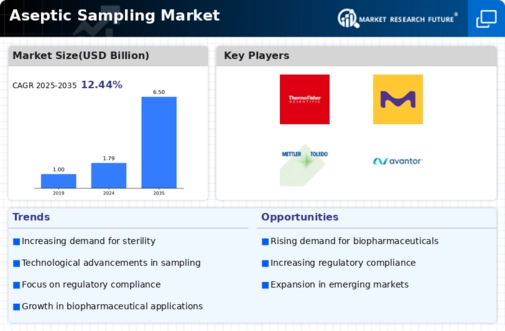
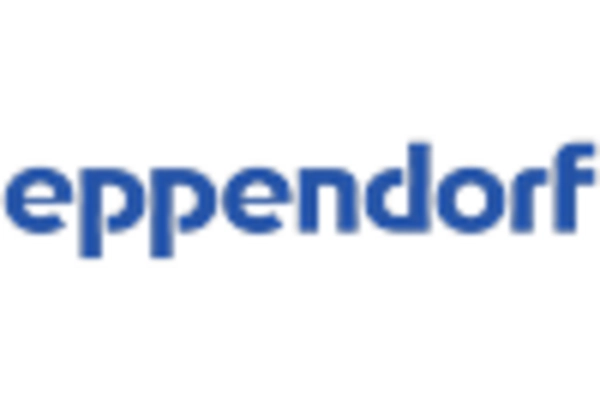
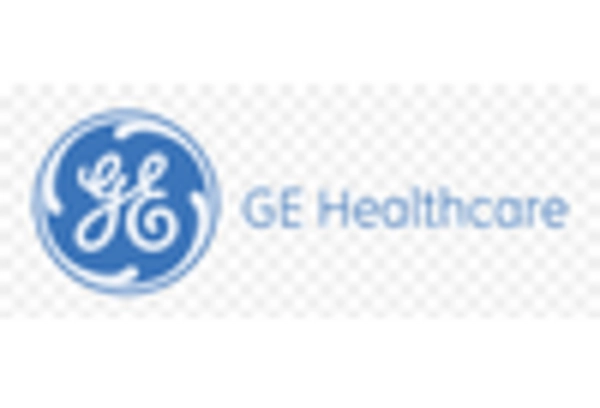
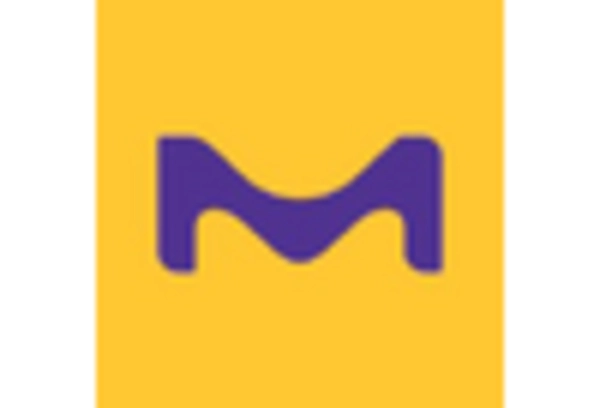
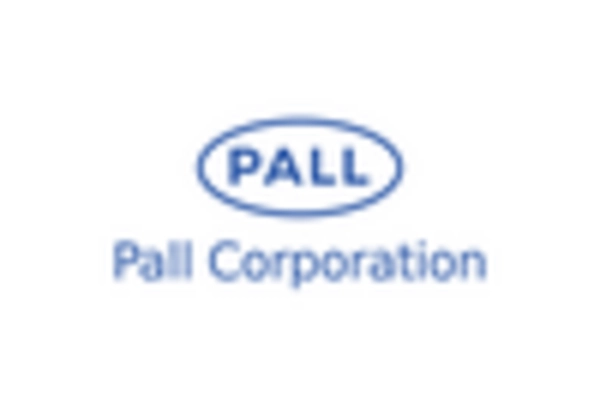
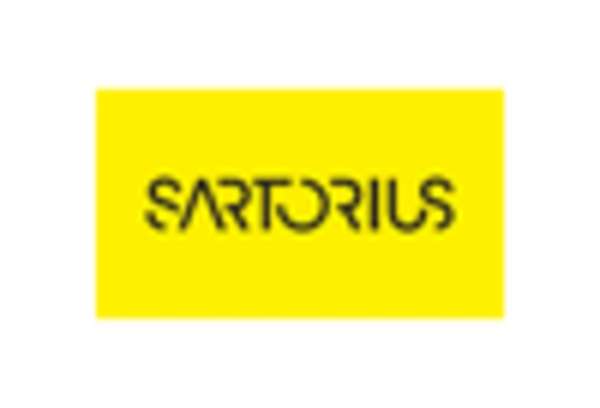
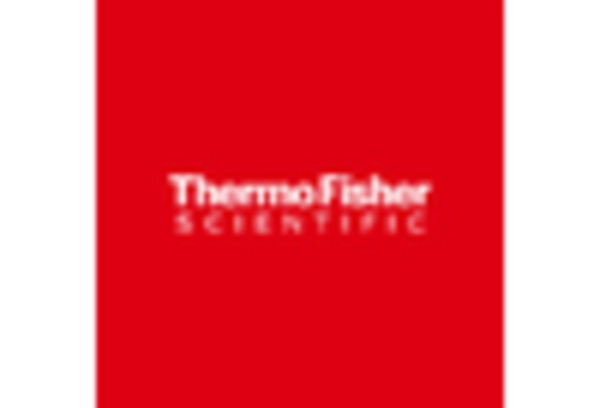









Leave a Comment